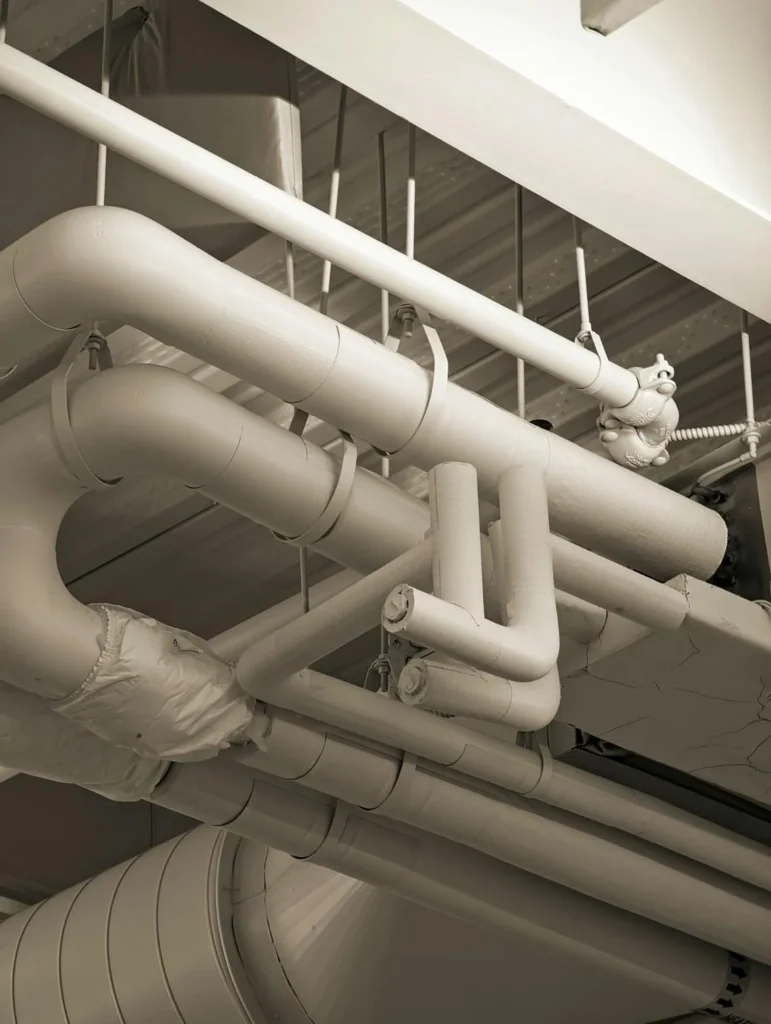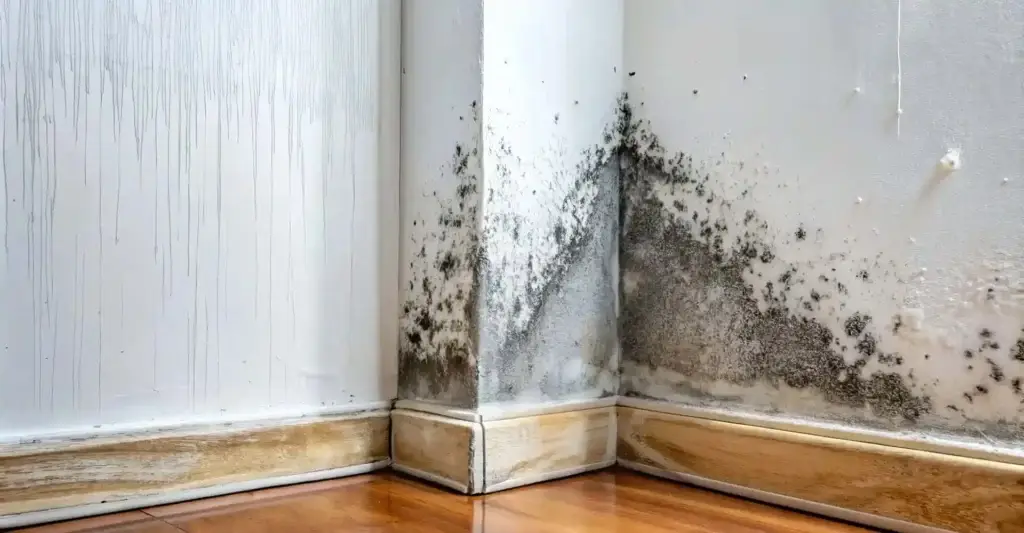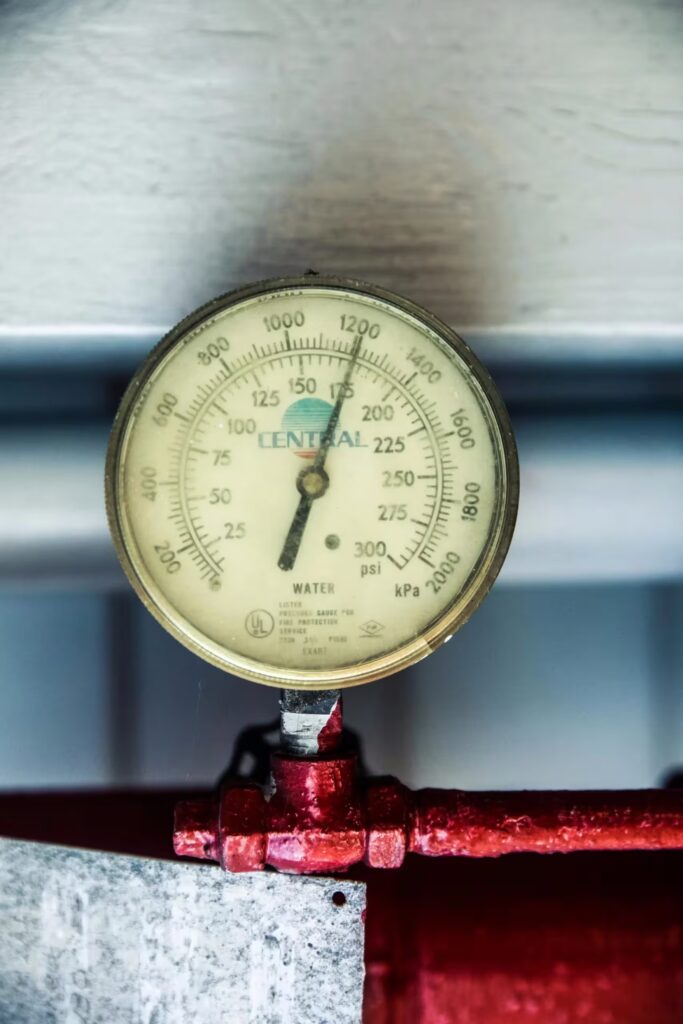Quick summary
A sewage backup or ingress is a dangerous biohazard requiring immediate professional attention. Upon discovery, prioritise safety: do NOT enter the contaminated area without proper PPE or turn off power if near water. Immediately contact your insurance company and then call a professional sewage cleanup company like Ideal Response. This is NOT a DIY job due to severe health risks from pathogens (bacteria, viruses, parasites) and hazardous chemicals. Professionals will safely extract sewage, remove contaminated materials, thoroughly disinfect, deodorise, and dry the area to restore your property to a safe, hygienic state, preventing further damage and health concerns.
Sewage ingress in UK property
A sewage backup or ingress into your home or business is arguably one of the most disgusting and dangerous situations a property owner can face. The immediate aftermath is chaos: foul odours, contaminated water spreading across floors, and the horrifying realisation that your property is now a biohazard. Amidst the panic, crucial questions emerge: ‘What do I do first? How dangerous is this, really? Can I clean it up myself? And how much will professional sewage ingress cleaning cost?’.
At Ideal Response, we specialise in urgent sewage ingress cleaning across the UK, providing a rapid, safe, and thorough response for both residential and commercial properties. We understand the health risks, the emotional toll, and the importance of immediate action. This comprehensive guide is designed to cut through the panic, answer your most critical questions, and outline exactly what’s needed to restore your property to a safe and hygienic condition.
What should be my absolute first steps after a sewage backup?
Immediate action is paramount to minimise damage and protect health. Here’s what to do:
Prioritise Safety (most important!):
- Do NOT enter the contaminated area without appropriate Personal Protective Equipment (PPE) – at minimum, rubber boots, gloves, and a mask. Better yet, wait for professionals.
- Avoid contact with sewage. It contains harmful bacteria, viruses, and parasites.
- Turn off power: If the sewage is near electrical outlets or appliances, turn off the electricity to the affected area at your main fuse box if it’s safe to do so. Water and electricity are a deadly combination.
- Isolate the area: Close doors to the affected area to prevent contamination from spreading via air or foot traffic.
Stop the source (if possible & safe): If it’s an internal plumbing issue (e.g., overflowing toilet, burst pipe), turn off the main water supply to your property. For external sewer backups, you’ll need professional help from a plumber or water utility.
Contact your insurance company: Notify your insurer immediately. Sewage damage is often covered under specific policy clauses (e.g., “water damage from drains and sewers”), but quick reporting is crucial.
Call a professional sewage cleanup company: For anything involving sewage, this is not a DIY job. Contact Ideal Response immediately. We have the expertise, equipment, and safety protocols to handle hazardous waste.
Ventilate: If safe, open windows to help with ventilation, but be mindful of spreading airborne contaminants.
Why is sewage ingress so dangerous? (understanding the health risks)
Unlike clean water floods, sewage is Category 3 ‘black water’. It’s highly contaminated and a severe health hazard. It’s teeming with pathogens that can cause serious illness.
- Bacteria: E. coli, Salmonella, Shigella, Campylobacter, and various streptococci are common.
- Viruses: Norovirus, Rotavirus, and Hepatitis A are significant concerns.
- Parasites: Giardia, Cryptosporidium, which can cause severe gastrointestinal illness.
- Fungi/mould: Sewage provides an ideal breeding ground for mould, which can cause respiratory problems and allergic reactions.
- Chemical contaminants: Depending on the source, sewage can also contain hazardous chemicals.
Exposure can lead to infections, skin rashes, respiratory issues, and severe gastrointestinal illness. Even the aerosols (tiny airborne particles) from drying sewage can be dangerous if inhaled. This is why professional raw sewage clean-up is non-negotiable.
Can I clean up sewage myself?
The simple answer is: No, you absolutely should not attempt to clean up sewage yourself. While you might be tempted to save money, the risks far outweigh any perceived benefits.
- Extreme health risks: As outlined above, sewage is a biohazard. Without proper PPE, training, and disposal methods, you put yourself and others at severe risk of infection and illness.
- Incomplete remediation: You’ll likely miss hidden pockets of contamination or fail to adequately disinfect porous materials. This leads to lingering odours, mould growth, and continued health risks.
- Improper disposal: Contaminated materials cannot simply be put in regular bins. They require specialised hazardous waste disposal.
- Insurance issues: Your insurer may invalidate or reduce your claim if the clean-up isn’t handled by certified professionals, as improper remediation can lead to more extensive future damage.
- Lingering odours: Only professional-grade disinfectants and deodorisers can effectively neutralise the persistent, offensive odours associated with sewage.
How much does professional sewage ingress cleaning cost in the UK?
The cost of sewage clean-up in the UK is highly variable, reflecting the hazardous nature of the work and the extent of contamination. Key factors include:
- Category of water: Sewage is always Category 3, requiring the highest level of safety and sanitisation, thus impacting cost.
- Extent of damage: The size of the affected area, the depth of the sewage, and how many rooms or levels are contaminated.
- Contaminated materials: The volume of porous materials (carpets, drywall, insulation, furniture, electronics) that must be safely removed and disposed of.
- Biohazard disposal: The cost associated with the safe collection, transport, and disposal of hazardous waste.
- Labour & equipment: The number of technicians, the specialised PPE, and the high-powered extraction, drying, and air purification equipment required.
- Access & complexity: Difficult-to-access areas (e.g., crawl spaces, tight basements) or complex structural elements can increase labour time.
- Additional services: Does the job require extensive structural drying, mould remediation, or odour neutralisation beyond initial disinfection?
Ideal Response provides a clear, transparent quote after a thorough on-site assessment, ensuring you understand all aspects of the costs involved.
What’s involved in the professional sewage clean-up process?
Professional sewage ingress cleaning is a meticulous multi-step process designed for safety and thoroughness:
- Emergency response & assessment: Our 24/7 team arrives quickly, assesses the extent of contamination, and establishes a safe work zone.
- Safety & containment: The area is sealed off to prevent cross-contamination. Technicians don full PPE (respirators, hazmat suits, boots, gloves).
- Sewage extraction: High-powered pumps and wet-vacs are used to remove all standing sewage and heavily contaminated water.
- Debris removal: All porous, contaminated materials (carpets, underlay, drywall, insulation, upholstered furniture) that cannot be safely cleaned are carefully removed and bagged for hazardous disposal.
- Thorough cleaning & disinfection: All affected non-porous surfaces (floors, walls, structural elements) are meticulously cleaned, scrubbed, and then treated with powerful, professional-grade broad-spectrum disinfectants to kill bacteria, viruses, and fungi.
- Deodorisation: Specialised deodorisers are applied to neutralise the pervasive sewage odours at their source.
- Drying & dehumidification: Industrial-grade air movers and dehumidifiers are strategically placed to thoroughly dry the structure, preventing mould growth. Moisture levels are continuously monitored.
- Post-remediation testing (optional): Air quality and surface testing can be performed to confirm the absence of contaminants and mould spores.
- Restoration: Once clean and dry, the area can be rebuilt and restored to its pre-loss condition.
How long does sewage clean-up take?
The duration of sewage ingress cleaning varies significantly based on the scale of the incident. A small, contained overflow might take a few days for extraction, cleaning, and initial drying. However, extensive flooding across multiple rooms in a commercial property, or severe contamination of structural elements, can take weeks, especially if structural drying and repairs are needed. We provide an estimated timeline during our initial assessment.
Will my insurance cover sewage damage?
Most standard home and commercial property insurance policies in the UK do cover damage from sudden and accidental sewage backups or overflow from internal plumbing. However, policies typically do not cover damage from external sewer systems backing up due to neglect or municipal issues, unless you have specific flood or sewer backup riders. It’s crucial to review your policy details carefully and communicate directly with your insurer. Ideal Response has extensive experience working with insurance companies to facilitate claims.
How can I prevent future sewage backups?
While not all backups are preventable, you can significantly reduce your risk:
- Be careful what you flush: Only flush human waste and toilet paper. Avoid wet wipes, sanitary products, grease, oil, and food scraps.
- Regular drain maintenance: Schedule professional drain cleaning periodically, especially for commercial properties with high usage.
- Sewer line inspection: If you have recurring issues, consider a professional sewer line inspection with a camera to identify blockages, cracks, or tree root intrusion.
- Install a backflow valve: This valve can prevent sewage from flowing back into your property from the municipal sewer system during surcharges.
- Keep grease out of drains: Dispose of cooking grease in the bin, not down the sink.
Don’t tackle sewage alone, trust the experts at Ideal Response
A sewage backup is a critical incident that demands immediate, professional attention. The health risks are too high, and the clean-up too complex for a DIY approach. By understanding the dangers and the meticulous process involved, you’re better equipped to protect your property and loved ones.
If you’re facing a sewage ingress issue in your UK home or business, don’t delay. Ideal Response offers 24/7 rapid response for expert sewage ingress cleaning services. Call us today for immediate assistance and peace of mind. Your health and safety are our priority.
UK Sewage ingress: Frequently asked questions
What should be my absolute first steps after a sewage backup in a UK property?
Your absolute first steps are to prioritise safety: do NOT enter the contaminated area without proper PPE (rubber boots, gloves, mask) and, if safe, turn off power to the affected zone. Immediately stop the source if possible (e.g., main water supply) and contact your insurance company. Finally, call a professional sewage cleanup company immediately, as this is a hazardous situation not suitable for DIY.
Why is sewage ingress considered so dangerous, and what are the health risks?
Sewage ingress is extremely dangerous because it’s Category 3 ‘black water’, teeming with harmful bacteria (e.g., E. coli, Salmonella), viruses (e.g., Norovirus, Hepatitis A), and parasites (e.g., Giardia). Exposure can lead to severe infections, gastrointestinal illness, skin rashes, and respiratory problems, as even airborne particles are hazardous.
Can I safely clean up a sewage spill myself, or do I need a professional?
No, you should absolutely not attempt to clean up a sewage spill yourself. The extreme health risks from pathogens, the need for specialised equipment for complete disinfection, proper hazardous waste disposal, and potential insurance claim invalidation make it a job exclusively for trained professionals. DIY efforts will likely lead to incomplete remediation, lingering odours, and continued health hazards.
How much does professional sewage ingress cleaning typically cost in the UK?
The cost of professional sewage cleanup in the UK is highly variable due to the hazardous nature and depends on factors such as: the extent of damage (size of affected area, depth of sewage), the volume of contaminated materials needing disposal, the equipment and labour required, and site complexity. A bespoke quote is provided after an on-site assessment, but it’s an investment that typically outweighs the cost of unchecked damage and health risks.
What does the professional sewage clean-up process involve?
Professional sewage cleanup is a meticulous multi-step process:
Emergency response and thorough assessment.
Safety and containment of the affected area with full PPE.
Sewage extraction using high-powered pumps.
Removal of all porous, contaminated materials for hazardous disposal.
Thorough cleaning and disinfection of all salvageable surfaces with professional-grade antimicrobials.
Deodorisation and intensive drying using industrial dehumidifiers and air movers. Post-remediation testing and restoration follow if required.
Will my home or commercial insurance cover sewage damage in the UK?
Most standard UK home and commercial property insurance policies do cover damage from sudden and accidental sewage backups or overflows from internal plumbing. However, coverage often excludes damage from gradual leaks, maintenance neglect, or external municipal sewer issues unless you have specific flood or sewer backup riders. It’s crucial to review your policy and report the incident promptly to your insurer.
How can I prevent future sewage backups in my property?
While not all backups are preventable, you can significantly reduce your risk by:
Being careful what you flush: Only human waste and toilet paper down the toilet.
Avoiding pouring grease, oil, and food scraps down sinks.
Scheduling regular professional drain maintenance and sewer line inspections.
Considering the installation of a backflow valve to prevent municipal sewer surcharges.
Being mindful of tree root intrusion near pipes.

Tahlia Ibrahim - Delivery Manager
Tahlia has over four and a half years of in-depth experience across various facets of the disaster recovery industry. Having progressed through roles in marketing and sales to her current position, Tahlia possesses a comprehensive understanding of the entire business operation, from initial client contact to meticulous service delivery. A certified BioSweep Specialist, she excels in advanced odour elimination techniques, ensuring thorough restoration.





















